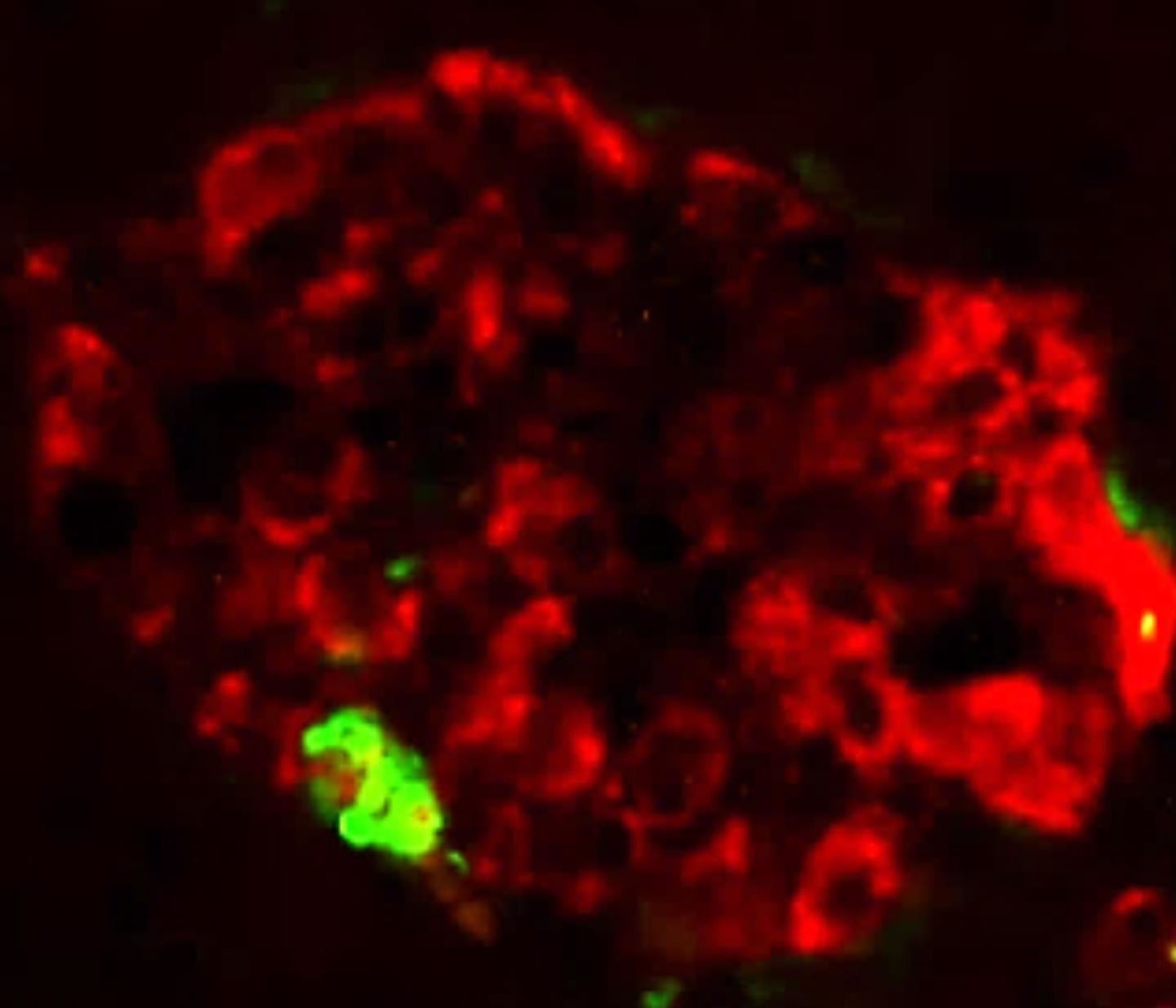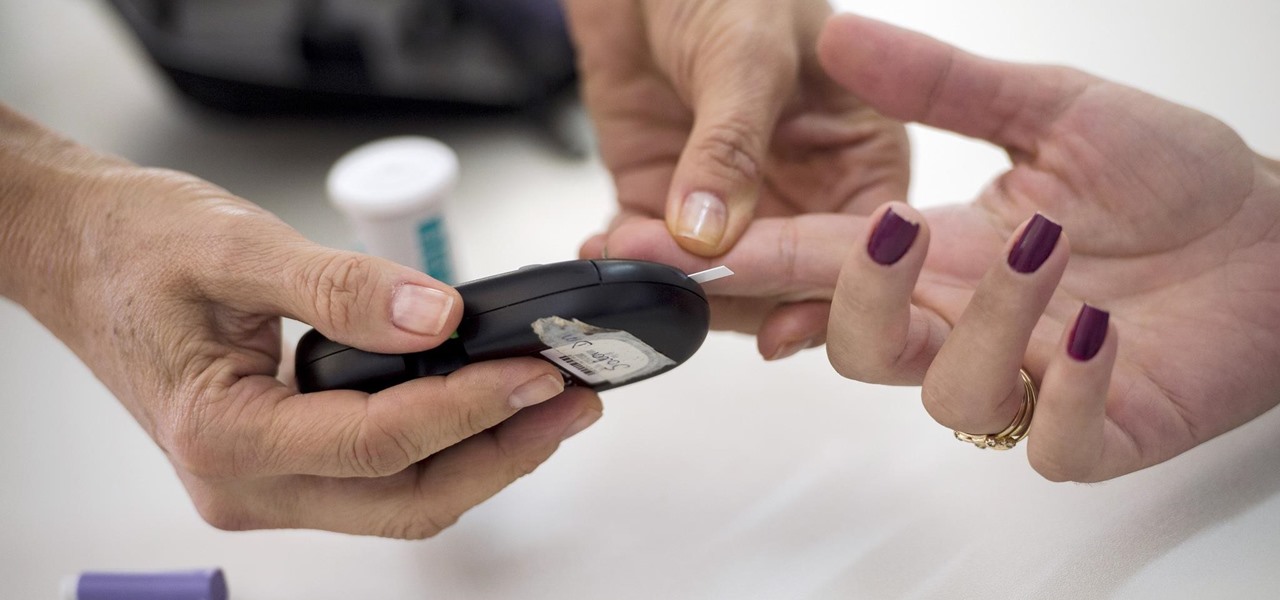More than one in ten people in the US have type 2 diabetes — that's over 29 million people. It's characterized by excessive sugar (glucose) in the blood due to the development of resistance to insulin, the hormone that normally metabolizes glucose.
Deposits of folded and clumped proteins in the pancreas are also common in type 2 diabetes. There, they may impact the ability of the pancreas to function properly. But, researchers from McGovern Medical School at the University of Texas Health Science Center have discovered that they could play a role in causing the disease.
The configuration of protein, including how it's folded, is one factor that contributes to its ability to function properly. The scientists found the abnormally folded protein that accumulates in diabetes can induce the symptoms of the disease. What's more, the protein is similar to an infectious protein found in diseases like Creutzfeldt-Jakob disease, Kuru, and Bovine Spongiform Encephalopathy (mad cow disease).
Study researcher Claudio Soto and colleagues published their findings on August 1, in The Journal of Experimental Medicine.
Type 2 Diabetes
Symptoms of type 2 diabetes include frequent infections, hunger, fatigue, increased thirst and urination, and blurry vision, but some people have no symptoms for the first several years they have the disease. Lab tests to measure blood glucose, or A1C, a test that measures the glucose average over the last three months, can confirm the diagnosis. Potential complications of diabetes include heart disease and stroke (from clogged blood vessels/atherosclerosis), nerve damage (which includes pain, numbness, potential unnoticed injury to feet, and digestive problems), and permanent vision damage (diabetic retinopathy), kidney problems, and difficulties in pregnancy.
A healthy diet and regular physical activity are important ways to control type 2 diabetes. People with type 2 diabetes must measure their blood sugar, usually several times a day. If diet and exercise don't sufficiently lower their blood sugar, medications may be needed. Two types of medications used to control diabetes are insulin and incretin mimetics. Insulin tells the body to metabolize sugar into energy cells can use. Incretin mimetic drugs mimic the action of glucagon-like-peptide-1, a hormone that increases the amount of insulin released and decreases the amount of glucagon — a hormone that helps raise blood sugar — released during digestion.
But a complicated scenario is happening behind the scenes in people with type 2 diabetes.
Normal insulin secretion from the beta cells in the pancreas must be impaired for a patient to develop type 2 diabetes. Acute exposure of the pancreatic beta cells to both high glucose concentrations and saturated free fatty acid — stored and released from fat tissue — increases the release of insulin, but chronic exposure results in desensitization and suppression of insulin secretion. This loop between insulin release and glucose in the blood eventually leads to a state of insulin resistance, where muscle, fat, and liver cells do not respond appropriately to insulin. The time it takes for insulin resistance to develop may explain why some patients don't experience symptoms for years.
One general observation though is the finding of protein deposits in the pancreas of type 2 diabetic patients.
Deposits of proteins called amyloids have been noted for decades in the pancreatic islet cells of people with type 2 diabetes. Most of the proteins in the deposits are a misfolded and aggregated form of islet amyloid polypeptide (IAPP). IAPP is a hormone that helps prevent spikes in blood glucose levels when it's formed properly. More than 90% of type 2 diabetes patients have abnormally folded and clumped IAPP proteins. Research has shown that the accumulation of IAPP in the pancreas might contribute to beta cell dysfunction and the development of type 2 diabetes.
Soto and his team were looking into the role of IAPP in diabetes. One finding their results revealed was an unexpected similarity between IAPP and disease-causing proteins called prions.
Mis-Folded Protein May Be Infectious
The research team used islet cells from mice and healthy human pancreases for their studies. The mice were genetically modified to have human IAPP because mouse IAPP is not susceptible to folding and clumping.
They found that pancreatic IAPP aggregates added to mice or human cells could cause misfolding and aggregation of IAPP already in the cells. When the scientists blended up a pancreas and used an antibody to bind the pancreatic IAPP and remove it, the mixture did not cause misfolding and aggregation of IAPP in the cells.

When injected into mice, the homogenized pancreas containing IAPP aggregates caused IAPP amyloid to deposit in their pancreas, and the mice developed symptoms of type 2 diabetes. The mice had increased blood sugar, inability to normally metabolize glucose, and a decreased number of beta cells in their pancreas. It appeared that the addition of IAPP itself was enough to cause amyloid deposits of IAPP already in the mice and symptoms of diabetes.
The findings are similar to what researchers find when studying prion diseases, like Creutzfeldt-Jakob disease, Kuru, or Bovine Spongiform Encephalopathy (mad cow disease). In those diseases, a prion — an unconventional infectious agent made only of protein without any genes — can infect other people and cause their proteins to fold abnormally to cause devastating and fatal neurological diseases.
Does this mean that Soto and his team have just found that type 2 diabetes is an infectious disease caused by a misfolded protein, much like prion diseases? There's still more research to do.
Until now, this concept has not been considered. Our data, therefore, opens up an entirely new area of research with profound implications for public health. Perhaps more important than a putative inter-individual transmission, the prion-like mechanism may play a key role in the spreading of the pathology from cell to cell or islet to islet during the progression of type 2 diabetes.
Just updated your iPhone? You'll find new emoji, enhanced security, podcast transcripts, Apple Cash virtual numbers, and other useful features. There are even new additions hidden within Safari. Find out what's new and changed on your iPhone with the iOS 17.4 update.



























Be the First to Comment
Share Your Thoughts